
The just-concluded Central Economic Work Conference on Friday confirmed that the supply-side structural reform will continue unabated into 2017, and that "seeking progress while maintaining stability" will be the guiding principle in governance and economic work next year.
Overseas pundits, including those who have expressed concerns about China's economy, have voiced optimism that the Chinese economy will overcome the headwinds as long as the supply-side structural reform continues.
Over the past 30 years, China's economy has maintained sustained rapid growth and created a miracle. This year, China has achieved steady growth with its gross domestic product (GDP) expanding 6.7 percent year on year in the first three quarters. The government set a growth target range of 6.5 percent to 7 percent for this year.
Paul Sheard, executive vice president and chief economist of S&P Global, noted the fact that China, one of the largest economies in the world, has a 35-year track record of near double-digit growth, which demonstrates the country's potential, provided the reforms continue.
Meanwhile, the famous economist Jim O'Neill, who has created the BRIC nations acronym, said China is transforming from an investment-driven economy to one driven by consumption.
"Transition is underway," he said. "Chinese consumption is not as strong as it was, but it is still growing by about 10 percent."
"Chinese consumers' share of GDP is slowly rising. That is what the world wants, and that is what China wants," the economist said.
O'Neill forecast that for the rest of this decade, China's economy will probably grow at between 6 percent and 7 percent, and for an economy that was about $11 trillion in size, that is "pretty good."
Nicholas Lardy, senior fellow at the Peterson Institute for International Economics in the United States, said the Chinese economy is transforming from an investment- and industry-driven model to a consumption- and service-oriented one.
The service sector has made great contributions to economic growth, and consumption has become an important source of the growth, he said, adding that these factors laid a solid foundation for a sustained and stable high rate of growth.
Despite these achievements, there are problems ahead. Looking forward, against the backdrop of a weak global economy and trade, excessive productivity and contradiction between supply and demand remain serious problems in China, and some financial sectors face risks.
O'Neill said China needs to carry out more reforms, especially in its credit system, and let the market play a bigger role.
Margit Molnar, head of the China Desk of the Economics Department of the Organization for Economic Cooperation and Development (OECD), said China's fiscal reform "has been very successful," adding that China has changed its budget law in 2014, which came into effect in 2015, to allow local Chinese governments to issue bonds.
Moreover, China has decided to promote the Belt and Road Initiative, improve its investment environment and open up many more fields to become more globally integrated.
On the Belt and Road Initiative, Molnar said "it was not just a trade and investment type of integration that people have thought in the beginning, but it really goes into areas like intellectual property rights or environment or climate change, or collaboration in areas that people never thought such an initiative could cover."
For example, Dragana Mitrovic, professor of political science at the University of Belgrade, said the Serbian public and business communities, and especially local communities, are now expecting to see more direct Chinese investments in the real economy of Serbia.
















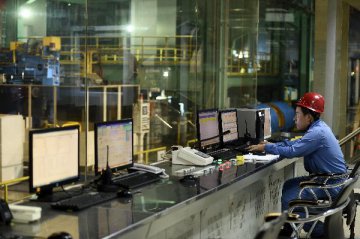
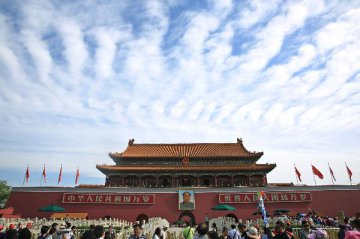
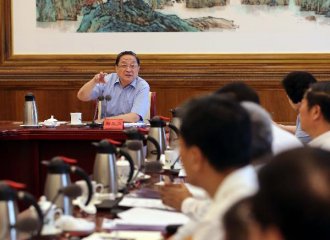

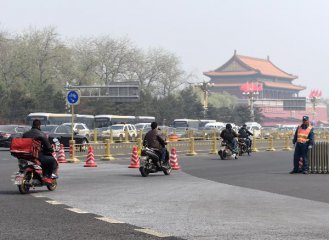
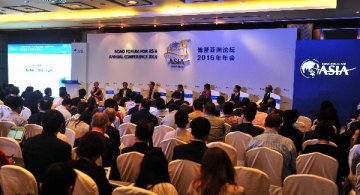


Latest comments